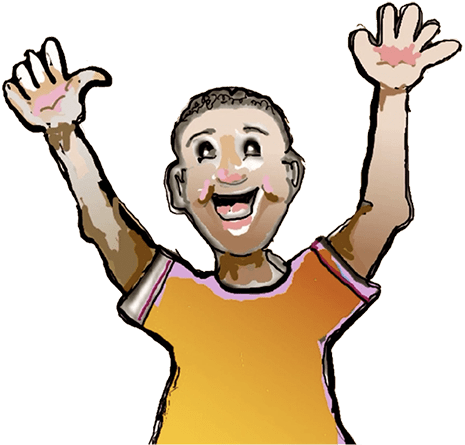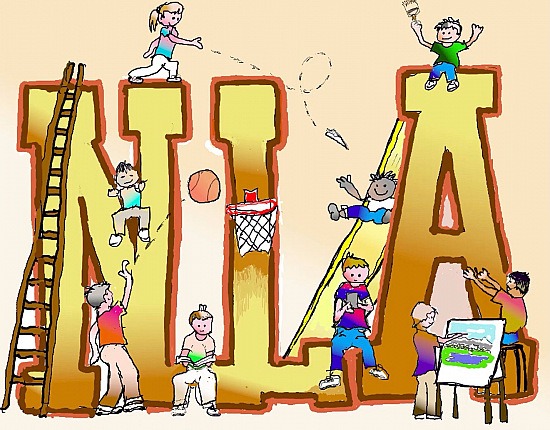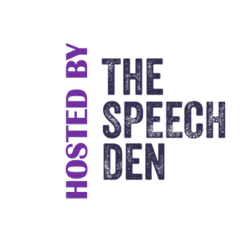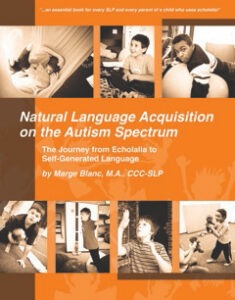Welcome!
You have come to the right place! It is here that you will discover amazing truths about language development! And it is our hope that through this site you will learn that language development:
- is far more inclusive than you ever imagined.
- has more paths to success than you were taught in school.
- is natural and accessible for all children when we understand and embrace the two main paths children follow
We all know about the ‘typical’ path. But there’s a second path of natural language development called ‘gestalt language development’ — which contrasts with ‘analytic language development,’ and leads to the same grammar development. Gestalt language development is common among both neurotypical and neurodivergent children, and has predictable stages. Knowledge of it is not new; it was described in early, qualitative research — but that knowledge has gotten lost in the last several decades — and is now being rediscovered by all of us. This is because of the longitudinal clinical research that described it in detail — and quantified it through extensive language sampling over 15 years. Please read on!
We now understand that both styles of language development are normal and natural — and both lead to original, self-generated, complex language. What’s different is how each begins — and about the thinking each represents. One begins with language gestalts (whole phrases, songs, stories, movies); the other with single words. Each is natural, research-verified, and predictable — however, analytic language development is commonly known while gestalt language development remains unfamiliar to many of us. Why? Because analytic language processing (ALP) seems logical to us. Single words are easier for young children to say, and easier for us to understand. ALP can be easier to document in kids’ development — so it has been much easier to study. Children who use a gestalt language processing (GLP) style have a hard time making their long gestalts understood — so they are often misunderstood or ignored. And, for this reason, among others, they have been left out of most of the research since the 80’s — except ours!
But there’s another reason ALP has been considered the ‘only way’ language develops. Gestalt language processing (GLP) seems implausible to some people, because language gestalts have been seen as ‘meaningless echolalia,’ or ’substandard.’ That misjudgment has set us back many decades, and left us in the ‘dark ages’ when people felt echolalia should be extinguished or at least replaced. So, even if you’ve never heard anything good associated with echolalia, here is where you will find out that there’s everything good about echolalia. It’s part of natural language development!
This website is the home of everything you might want to know about gestalt language development. How did this come to be? Because of Natural Language Acquisition (NLA), the culmination of clinical research that brought GLP back into focus, and back on the map.
What is NLA?
NLA is a detailed description of gestalt language development, the result of the clinical research of Marge Blanc and colleagues (M. Blanc, 2005, 2012, 2023). Founded on the pioneering work of Ann Peters (A. Peters, 1983), and Barry Prizant and colleagues (B. Prizant, 1982, 83), NLA evolved as the research-based framework which details and quantifies the process of gestalt language development from Stage 1 (use of language gestalts) to Stage 6 (culminating in a complete grammar system). NLA is not a ‘practice,’ but a description of the natural, developmental process of gestalt language development, and provides a road-map for supporting children in natural, conversational, developmentally-appropriate ways.
It’s an exciting and amazing story, one that we will bring to life on these pages. As we continue to spread the word, more and more children are being recognized as using a gestalt style, and acknowledged as the capable communicators they are and will continue to become. No longer will these children be seen as deficient analytic processors — or disordered children who need to be prompted to achieve a small semblance of analytic language development. Instead, they can now be viewed as developing language naturally — the gestalt way!
You will learn about it here. You will learn how to spot gestalt language processing, and develop the confidence to support children in their journeys from language gestalts to complex self-generated language. Continue Reading >>
Collectively Connecting Blog
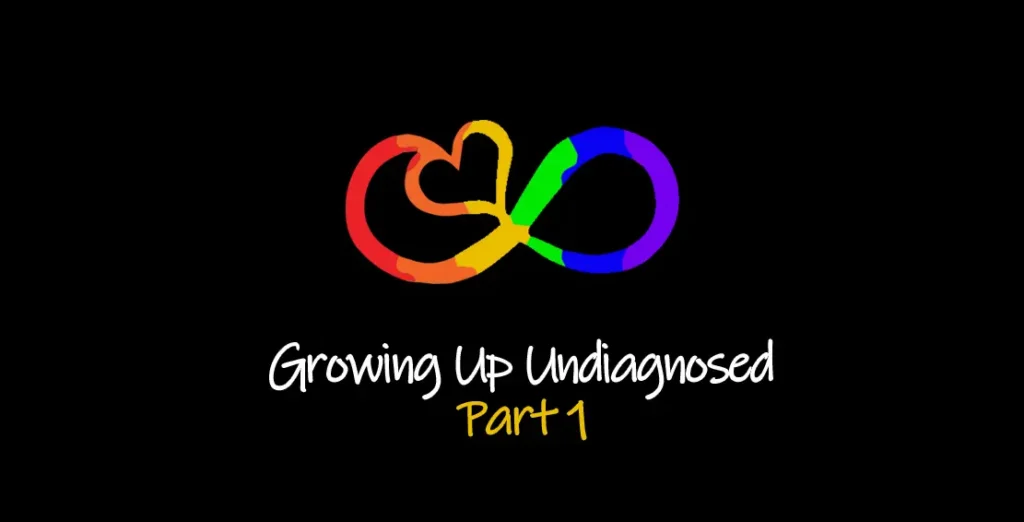
Growing Up Undiagnosed Part 1
Growing Up Undiagnosed: Part 1 Reflecting upon my childhood floods my brain with a million vivacious memories each made complete with an emotional tie that
Additional information pertinent to the NLA book.
GLP 2025 Conference
Building on Knowledge, Reflecting on Progress, Empowering Every Voice
Following the success of last year’s GLP conference, we return for a second year—Bringing fresh insights, latest evidence base, practical ideas and solutions, and retrospective reflections. Together, we’ll explore how Gestalt Language Processors are supported across diverse settings and celebrate the real-world successes families and professionals are experiencing.
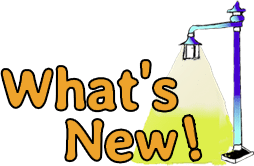
How do we share NLA with the world?
One gestalt at a time!!
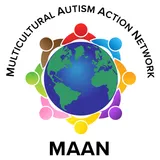
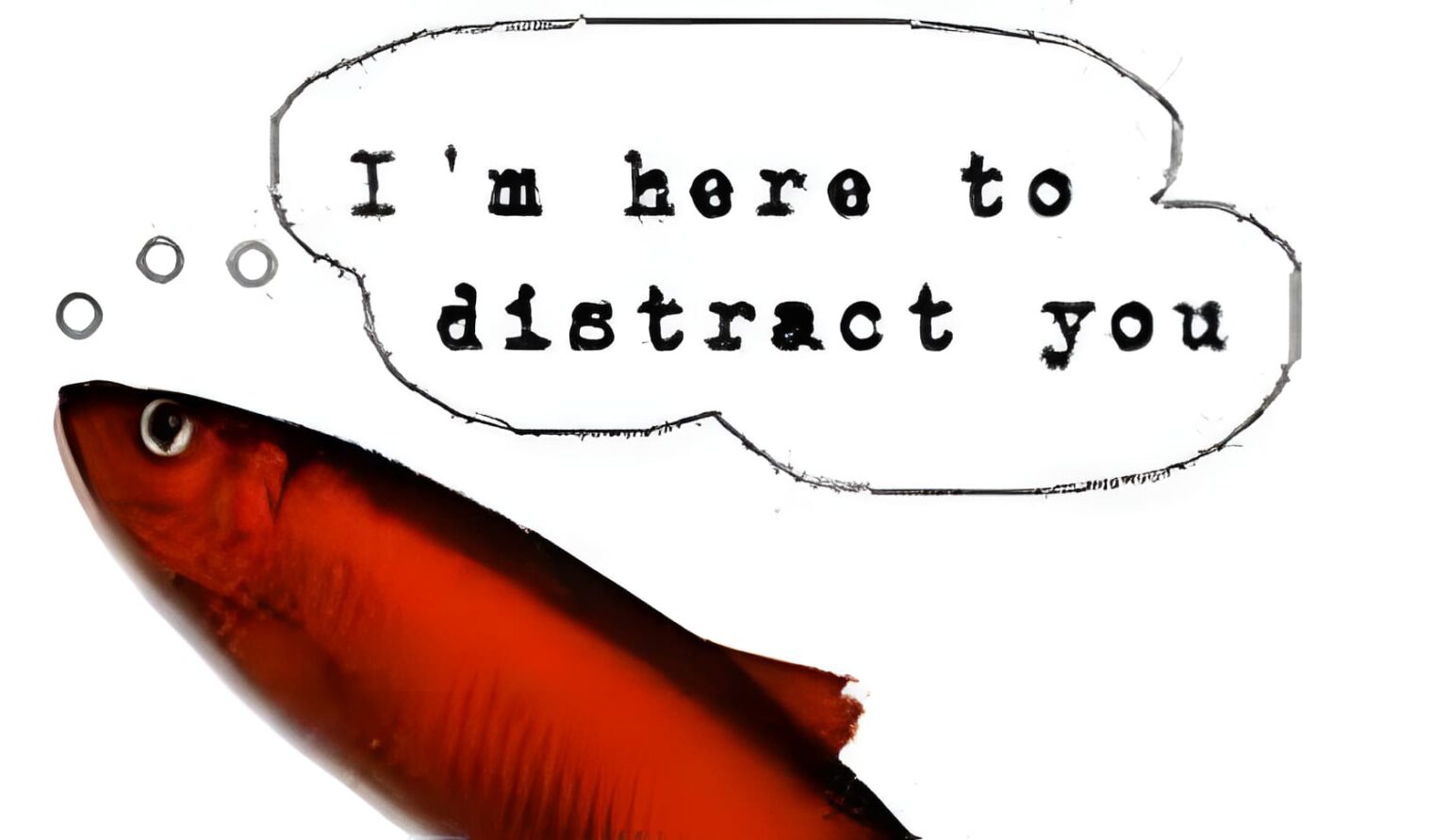
Question and Answers
Q: “I tried to read the Hutchins et al. article, and figure out what they actually didn’t like about NLA, but it was too hard to figure out. They obviously didn’t understand it, and couldn’t figure out that Stage 2 language consists completely of actual mitigations of Stage 1 language. That’s the ‘raw material’ they were looking for, but apparently didn’t believe was part of NLA. NLA all ‘usage-based,’ so that should’ve answered a lot of their questions.

